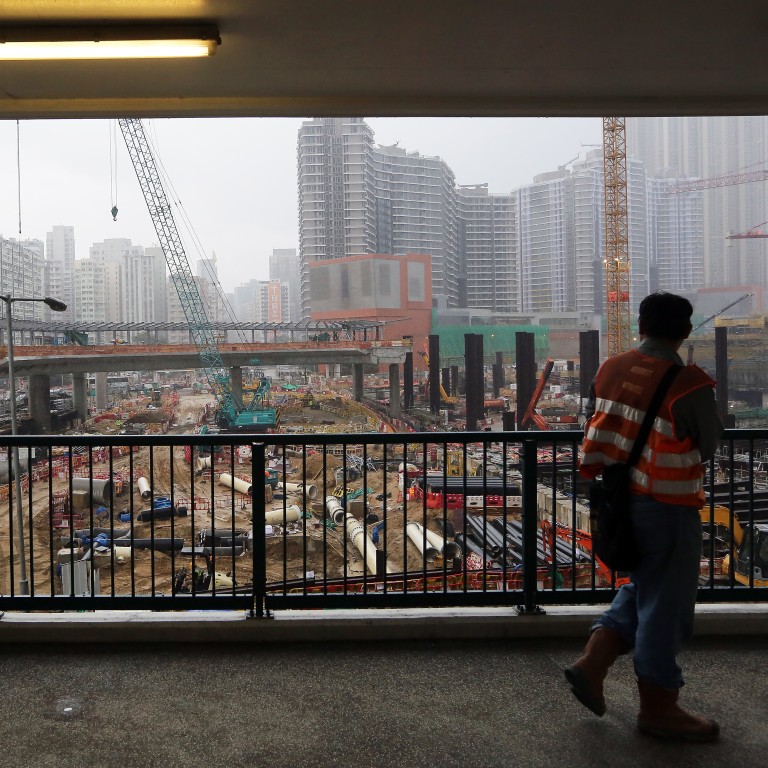
Hong Kong government must find a quick solution for high-speed rail checkpoint at West Kowloon
Gary Cheung says without joint immigration checks at West Kowloon,the Hong Kong-Guangzhou link may well become a white elephant
The possible failure to set up a joint immigration checkpoint at the cross-border railway terminus in West Kowloon is not a crisis that should surprise anyone; it has been brewing for five years.
The plan for a joint mainland-Hong Kong checkpoint, which is pivotal to travel convenience, was hailed as a centrepiece of the then HK$65 billion high-speed rail project when it was tabled for lawmakers' approval in 2010.
Eva Cheng, the transport secretary at the time, said both governments had been in talks on how to set it up.
Urging legislators to approve the project, she said there was "ample time" to study the specifics of such a checkpoint, and the most pressing issue was to get work started, as the mainland's high-speed network would be completed as early as 2012.
The Legislative Council agreed and gave the nod.
Yet, since then, little progress has been made on the checkpoint front, amid legal and constitutional concerns that allowing mainland law enforcement officers to work in Hong Kong would undermine the "one country, two systems" principle. Last year, government officials said they were still discussing the issue with mainland authorities. The revelation last year that the project was facing substantial delays also put the issue in the spotlight. In a report commissioned by the MTR Corporation to study the reasons for the delay, the authors highlighted the importance of confirming soon the arrangement for the joint checkpoint. "The status of the arrangements directly affects the design of West Kowloon Terminus and therefore the time at which the designs for the building works for the terminus can be finalised," the report said.
The opening of the cross-border railway, originally scheduled for this year, has been pushed back to the end of 2017, or even later. The project also faces cost overruns, with its cost estimate raised from the original HK$65 billion to HK$71.5 billion. Lawmaker Michael Tien Puk-sun said the final cost could surge to HK$90 billion.
Amid the bad news, the government appears no closer to finding a solution to the thorny issue of the joint checkpoint.
As he emerged from a meeting with Beijing officials in Shenzhen on May 20, Secretary for Justice Rimsky Yuen Kwok-keung expressed confidence that the matter would be resolved by the end of 2017, when the long-delayed link is scheduled to open.
What Yuen said was jaw-dropping. A decision made only in 2017 would put designers and engineers of the terminus in an impossible position.
Speed is everything when it comes to travelling by high-speed railway. Frederick Ma Si-hang, chairman of the MTR's independent committee which reviewed the management of the delayed cross-border railway, said last year that in the absence of a joint checkpoint at West Kowloon, the speed of the trains travelling on the high-speed railway would only be marginally higher than the existing cross-border through-train, where passengers have to go through immigration and customs separately in Hung Hom and in Guangzhou.
The risk of the project - already the world's most costly railway project by length - becoming a white elephant due to a failure to set up a joint immigration checkpoint is growing bigger by the day.
You don't need an expert earning millions in consultancy fees to tell you that a time bomb is ticking.
We can only hope our officials learn never to repeat the three words that many believed helped bring down Britain's Labour government led by Jim Callaghan in the late 1970s: "Crisis? What crisis?"

